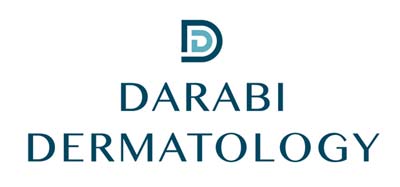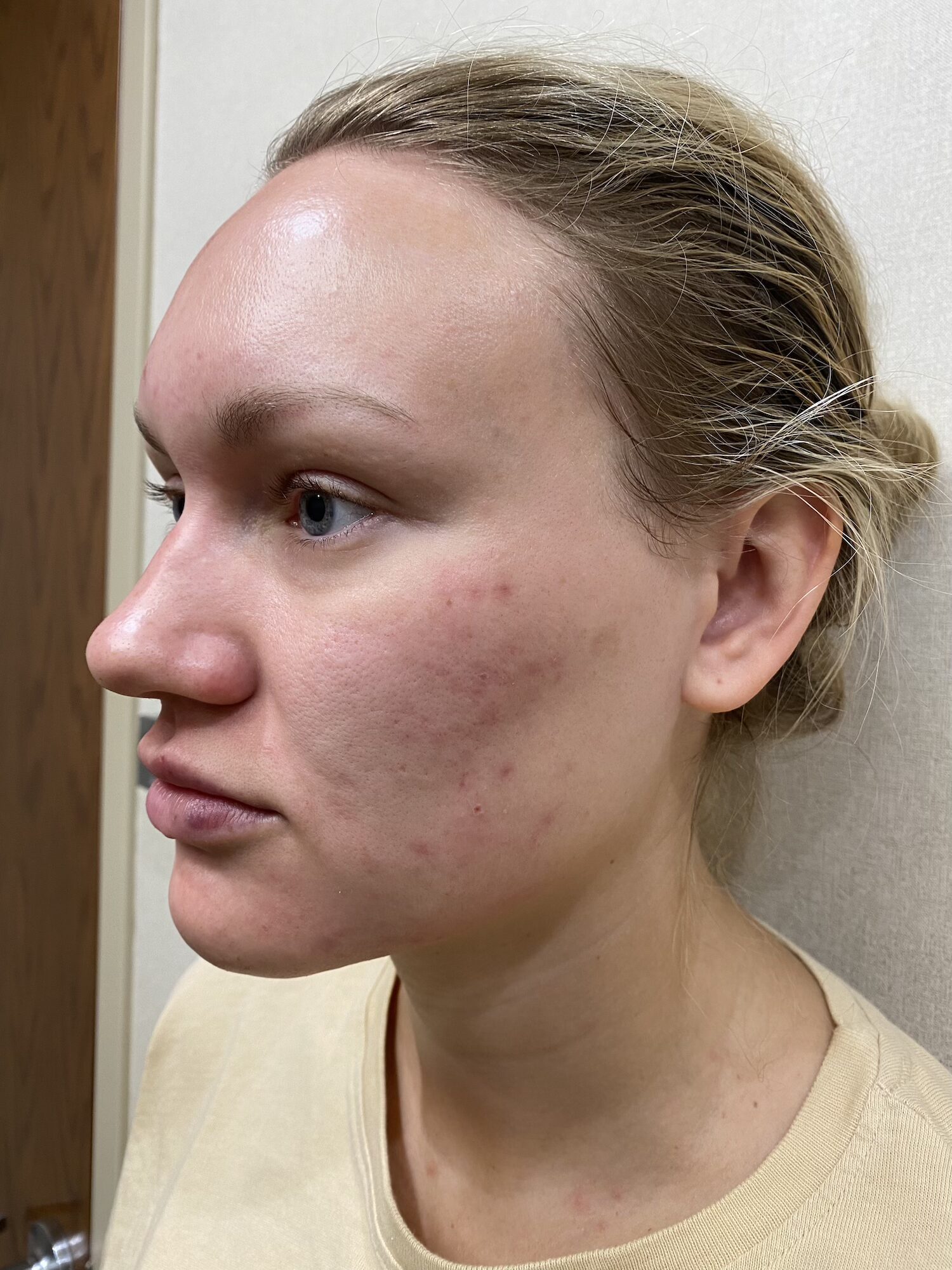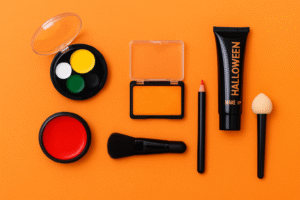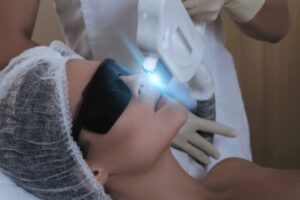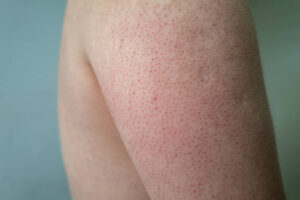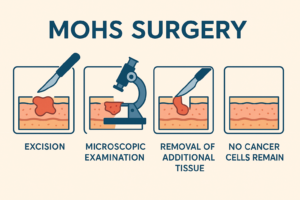Acne isn’t just a teenage problem. If you’re navigating breakouts in your 20s, 30s, 40s—or even beyond—you’re far from alone. Adult acne is incredibly common, and at Darabi Dermatology, we’re here to help you get to the bottom of it (and yes, to help clear it up, too).
What Is Adult Acne?
Adult acne is defined as breakouts that occur after the age of 25. It often shows up differently than teen acne—think more inflammatory papules or deeper, cystic bumps—especially around the jawline, chin, and neck.
You might have:
- Persistent acne (it never really left after your teen years)
- Late-onset acne (you thought you were done with breakouts, and then… surprise!)
What Causes It?
Let’s be clear: adult acne isn’t about being dirty, lazy, or eating a slice of pizza. It’s a complex mix of factors, including:
- Hormonal fluctuations (especially around your cycle or during perimenopause)
- Stress (yep, cortisol affects your oil glands)
- Diet (dairy and high-glycemic foods can trigger breakouts in some people)
- Cosmetics or skincare products (watch out for comedogenic ingredients)
- Genetics (thanks, Mom and Dad)
Even things like masks, phone screens, and sweat can play a role.
So… What Works?
The good news? There are lots of options to help clear your skin—and we can help you find the right combo. Here’s a look at some of the most effective treatments for adult acne:
🔹 Topical Treatments
- Retinoids: Help unclog pores and improve cell turnover
- Benzoyl Peroxide: Kills acne-causing bacteria
- Azelaic Acid: Great for sensitive skin types or rosacea-acne overlap
- Salicylic Acid: A beta-hydroxy acid that helps exfoliate and clear pores
🔹 Oral Medications
- Oral antibiotics: Help reduce inflammation and bacteria (short term)
- Hormonal treatments: Like birth control pills or spironolactone for hormonally driven breakouts
- Isotretinoin (Accutane): A powerful option for severe or treatment-resistant acne
🔹 In-Office Procedures
- Chemical peels: Light to medium peels can speed up results
- Laser or light therapy: Can reduce oil production and bacteria
- Cortisone injections: A quick fix for deep, painful cysts
Skincare Tips to Support Clear Skin
A few tweaks to your routine can make a big difference:
- Wash gently, twice a day (and after sweating)
- Moisturize—yes, even oily skin needs it
- Use non-comedogenic makeup and sunscreen
- Be consistent with treatment—it takes 6–12 weeks to see major changes
When to See a Dermatologist
If your acne is painful, persistent, or affecting your confidence, it’s time to see a board-certified dermatologist. There’s no shame in asking for help—your skin is worth it, and clear skin is possible.
At Darabi Dermatology, we create personalized treatment plans that actually work with your skin, not against it. Whether you’re dealing with a few stubborn spots or a full-on breakout, we’re here to help you feel confident in your skin again.
